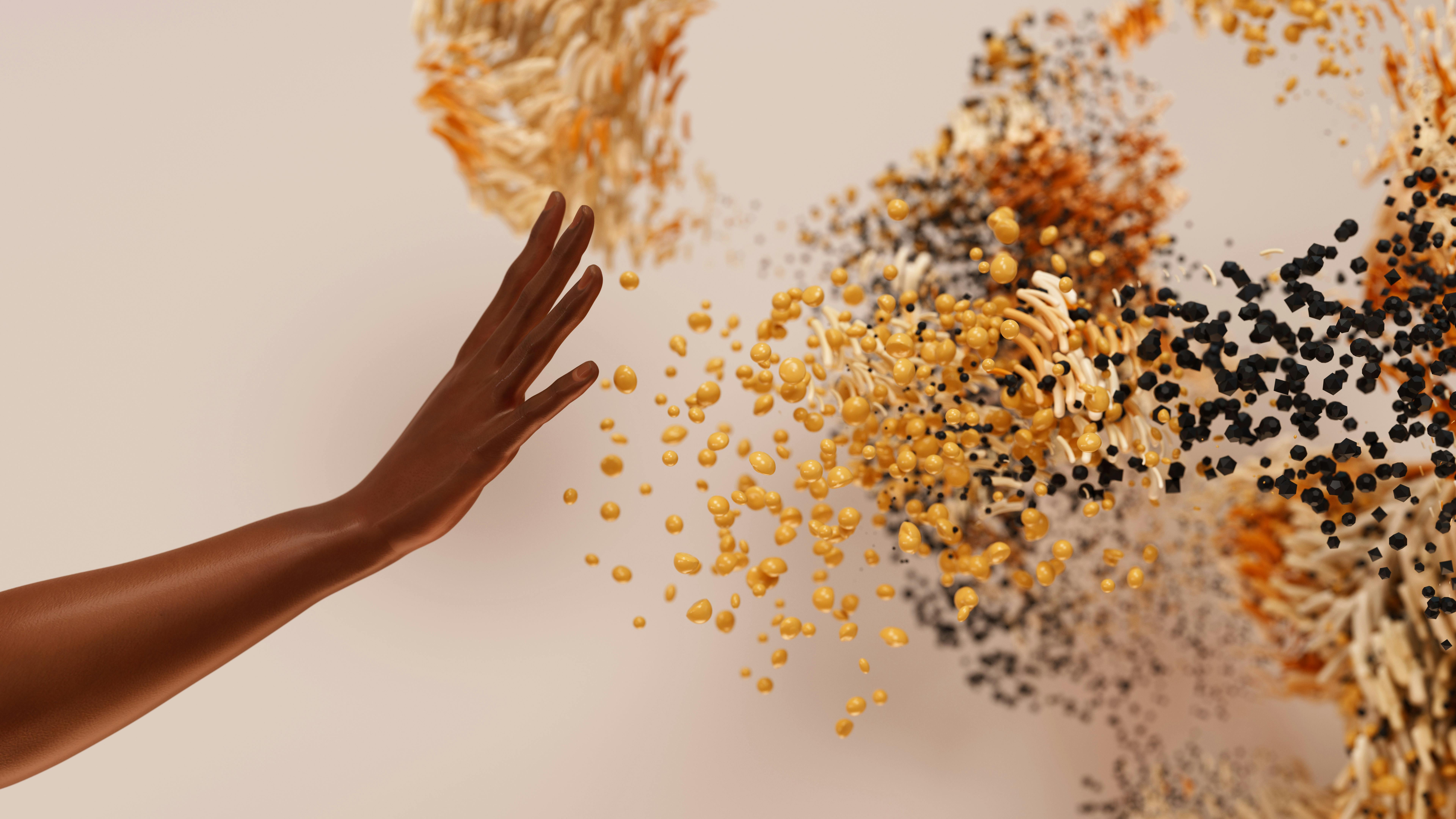
The Brushstrokes of Code: Is AI Art Stealing From the Masters?
The art world is buzzing, and it's not just from the clinking of champagne glasses at gallery openings. A new player has entered the arena, wielding a digital brush and an endless supply of data: Artificial Intelligence. AI art generators are capable of conjuring breathtaking images, complex compositions, and even mimicking the styles of renowned artists. But this raises a fundamental question: where does inspiration end, and theft begin? Are these digital creations innovative masterpieces, or are they simply sophisticated copies, built on the backs of human creativity? Let's dive into this fascinating and increasingly relevant debate.
The Algorithm's Palette: How AI Art is Made
To understand the controversy, we need to understand the process. AI art generators, like Midjourney, DALL-E 2, and Stable Diffusion, don't possess consciousness or artistic intent in the human sense. Instead, they rely on massive datasets of images scraped from the internet. These datasets are used to train complex algorithms, often involving neural networks. When you provide a text prompt – say, "a cyberpunk cityscape with a neon dragon" – the AI analyzes the prompt, identifies relevant patterns and elements from its training data, and generates a new image based on those associations. Think of it as a highly advanced remixing tool.
The Ethical Gray Area: Inspiration or Imitation?
This process, however, treads into ethically murky waters. The AI isn't creating in a vacuum; it's drawing on the visual vocabulary of countless artists, photographers, and designers. This raises legitimate concerns about copyright infringement and artistic ownership. Consider the following points:
- Data Source Transparency: Where did the AI get its training data? Is it ethically sourced? Often, the origins of these datasets are opaque, making it difficult to determine if copyrighted works were used without permission. This opacity is a major point of contention.
- Style Mimicry: Many AI art generators can be prompted to create images 'in the style of' a specific artist. While this can be a fun novelty, it also raises questions. Is it fair for an AI to produce work that closely resembles a human artist's unique style without acknowledging or compensating the artist? Imagine an AI generating a Van Gogh-esque painting and selling it for profit.
- The 'Ghost in the Machine': Even when the AI produces a novel image, the underlying influence of its training data is undeniable. The algorithm has learned from human artists, absorbing their techniques, compositions, and aesthetic sensibilities. Is the AI truly original, or is it a sophisticated echo of human creativity?
Case Studies: When the Lines Blur
Several high-profile cases have brought this issue to the forefront:
- The Getty Images Lawsuit: Getty Images, a major stock image provider, is suing Stability AI, the company behind Stable Diffusion, alleging copyright infringement. Getty claims that Stable Diffusion's training data includes copyrighted images from their library without permission. The outcome of this case could set a precedent for the entire industry.
- The 'AI-Generated' Art Prize: The winner of a Colorado State Fair art competition was an AI-generated artwork. This sparked outrage among human artists, who felt their work was devalued and that the competition wasn't fair. This highlighted the need for clearer definitions and regulations in art competitions involving AI.
- The 'Style Transfer' Controversy: Even before sophisticated AI art generators, the concept of "style transfer" – where an AI would apply the style of one image to another – raised similar concerns. While often used for fun, this technology demonstrated the AI's ability to directly appropriate artistic styles.
The Future of Art: Collaboration or Competition?
The rise of AI art is not necessarily a death knell for human artists. Instead, it presents an opportunity for collaboration and evolution. Here are some potential scenarios:
- AI as a Tool: Artists can use AI as a tool to explore new ideas, generate sketches, and experiment with different styles. AI can be a powerful assistant, accelerating the creative process and expanding artistic possibilities.
- Redefining Creativity: The emergence of AI may force us to reconsider what constitutes "art" and "creativity." Perhaps the focus will shift from technical skill to conceptual understanding and emotional expression.
- New Art Forms: AI art can lead to entirely new art forms that we haven't yet imagined. Interactive installations, generative music, and immersive experiences are just a few possibilities.
- Ethical Considerations: Clear ethical guidelines and legal frameworks are crucial. Transparency about the use of AI, proper attribution, and fair compensation for artists whose work is used in training datasets are essential for fostering a sustainable and equitable art ecosystem.
The Verdict: A Work in Progress
The debate over AI art is far from settled. The technology is evolving rapidly, and the legal and ethical landscape is still being shaped. While AI art generators can produce stunning visuals, the question of whether they are truly "creative" remains complex. The reliance on existing datasets and the potential for copyright infringement are serious concerns. However, the potential for collaboration and innovation is also undeniable.
Ultimately, the future of art in the age of AI will depend on our ability to navigate this ethical grey area, establish clear guidelines, and embrace the potential of both human and artificial intelligence. The conversation is just beginning, and the next chapter of art history is being written right now, one algorithm, one brushstroke, and one ethical deliberation at a time.
This post was published as part of my automated content series.

Comments